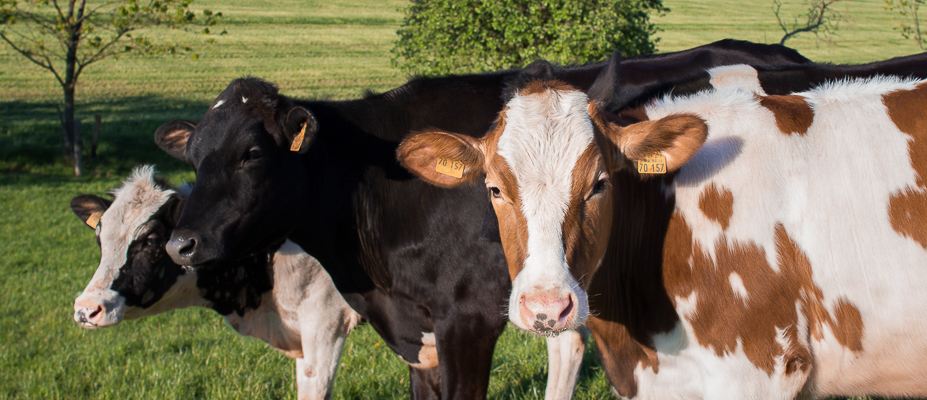
“Buyer beware” is a generic statement that is often used when it comes to purchasing anything. It is also a statement often bandied around (almost with a chuckle) when it comes to purchasing cattle, in particular heifers or female cattle, on the open market.
As a part-time farmer with a small-time cattle finishing operation, who from time to time purchases heifers in small lines or pens, I have regularly experienced the annoyance of the occasional ‘two for the price of one’ deal (or non-deal). With a change in farming policy away from bulls to finishing prime cattle, I have been surprised by the number of undisclosed pregnant heifers I have purchased.
As a full-time vet, over the years I have regularly been queried by and engaged with annoyed farmers who have been caught out by similar ‘two for the price of one’ deals with regard to bought-in heifers. The worst-case scenarios involve yearling to 18-month-old heifers showing signs of full-term pregnancy or calving clearly at an age and size that is inappropriate. These are cattle that have been exposed to bulls prematurely, prior to one year of age.
These situations or cases, of undersize heifers calving, can and have resulted in financial loss and stress due to the loss of the animals and other welfare implications, lost growth rates and productivity, extra animal health costs, and targeted markets missed by having animals retained on-farm for longer or rearing often mongrel-bred calves.
In the case of unexpected pregnancies in two-year-old heifers, there may very well be animal welfare issues around maternal undersize/foetal oversize, but on top of that the intended pre-Christmas premium slaughter date is missed with heifers rearing calves or being underweight.
As a vet and farmer, I can pregnancy test and know what I am dealing with in any of my own purchased heifers. All of this applies to other farmers as well, but it does require engaging the advice and services of your vet. The problem can be dealt with appropriately depending on the stage of pregnancy and/or the potential for animal welfare issues.
An issue we regularly deal with in the spring, as cattle hit yearling age, is the appearance of the steers that suddenly develop thick necks and bull-like behaviour. These are the classic ‘rigs’ who have had a testicle or both testicles pushed up by the rubber ring at calf castration removing the scrotum only. Unlike cryptorchid male lambs, which are invariably rendered infertile whilst still retaining entire male growth characteristics, cryptorchid cattle are often fertile.
Often heifers and steers are run together, particularly in their first year. Early conceptions or pregnancies from unintended bull or ‘rig’ exposure are simply and reliably dealt with by a ‘mismate’ shot of PG.
It is likely that many of these unintended pregnancies are the result of genuine accidents and lack of awareness by the vendors of heifers but not necessarily in all cases. A section on Animal Status Declarations that states whether the female cattle have or have not been exposed to a bull would be beneficial. That flows on to being sure of the origin of cattle and that all information conveyed is verifiable. On that note, being BVD-vaccinated really should represent having had a sensitiser and a booster, not just a single shot which is of little use on its own, but that is a whole new story…
As someone who does not frequent church on a Sunday, perhaps a biblical quote is a bit rich, however, “Do unto others as you would have them do unto you,” is an important principle.